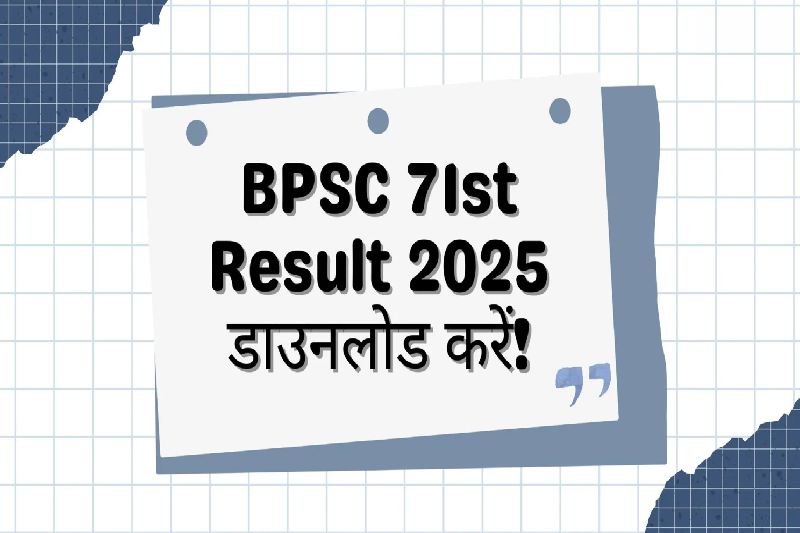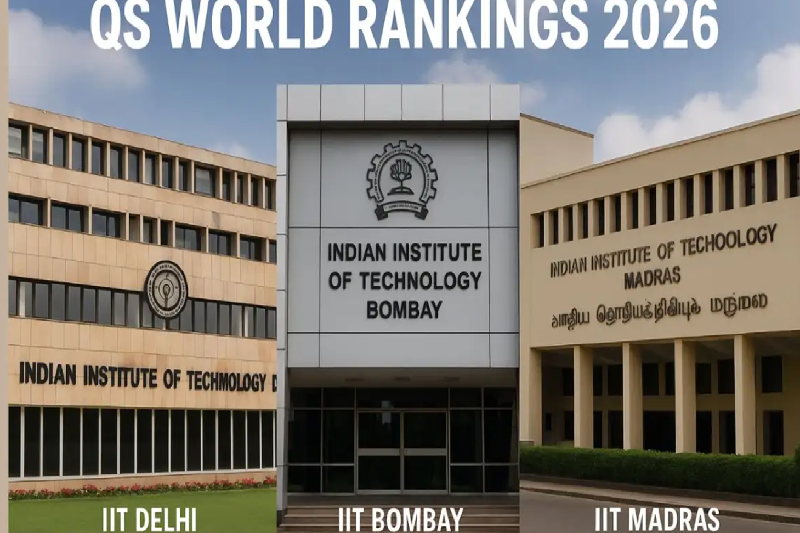
US Updates Non-Immigrant Visa Interview Waiver Policy: What Applicants Need to Know from October 1
In a significant policy change impacting visa applicants worldwide, the US Department of State has announced an update to its non-immigrant visa interview waiver guidelines, effective October 1, 2025. This update revises eligibility criteria for interview waivers, affecting categories of applicants who previously qualified for exemptions.
The change means that, in general, all non-immigrant visa applicants—including minors under 14 and senior citizens over 79—will now be required to appear for in-person interviews, unless they fall under specific exempt categories.
This announcement supersedes the July 25, 2025 Interview Waiver Update, which had only recently come into effect on September 2, 2025.
Who Still Qualifies for an Interview Waiver?
While most applicants will need to attend in-person interviews, the updated policy continues to allow waivers for limited groups. These include:
- Diplomatic and Official Visa Applicants
Individuals classifiable under visa symbols A-1, A-2, C-3 (excluding attendants, servants, or personal employees of accredited officials), G-1, G-2, G-3, G-4, NATO-1 through NATO-6, and TECRO E-1 remain eligible for interview waivers.- These categories are primarily reserved for diplomatic or official-type visas, ensuring minimal disruption to diplomatic travel.
- Renewals of B Category Visas
Applicants renewing B-1, B-2, or combined B1/B2 visas, as well as the Border Crossing Card or Foil (BBBCC/BBBCV for Mexican applicants), may qualify for an interview waiver.- Eligibility requires that the renewal occurs within 12 months of the prior visa’s expiration, the previous visa was issued at full validity, and the applicant was at least 18 years old at the time of issuance.
- Renewals of H-2A Visas
H-2A visa holders (temporary agricultural workers) are also eligible for interview waivers under the same conditions: renewal within 12 months of expiration, prior full-validity visa issuance, and the applicant being at least 18 at the time of issuance.
Additional Requirements for Waiver Eligibility
Even if an applicant falls into one of the exempt categories, there are additional qualifying conditions that must be met:
- Application Location: The applicant must apply in their country of nationality or usual residence, except for certain diplomatic and official visa applicants.
- Visa History: Applicants must never have been refused a visa, unless the refusal was later overcome or officially waived.
- Eligibility Status: The applicant must have no apparent or potential ineligibility that could disqualify them.
Failure to meet these conditions means an in-person interview will still be mandatory.
How the New Policy Differs from the July 2025 Update
The July 25, 2025 policy update, which came into effect only a month earlier, had slightly broader provisions. Under that version, the categories exempt from interviews included:
- Diplomatic and official-type visa applicants (A-1, A-2, C-3, G-1 through G-4, NATO visas, and TECRO E-1).
- Applicants renewing B category visas within 12 months of expiration, provided they were at least 18 years old when the prior visa was issued.
The October 2025 update keeps most of these provisions but adds specific inclusion of H-2A visa renewals while reiterating stricter application conditions and emphasizing that most applicants, including children and the elderly, will no longer be automatically exempt.
Consular Officers’ Discretion Remains
Despite the defined eligibility list, consular officers retain full discretion to require in-person interviews for any applicant, at any time, and for any reason. This flexibility ensures that cases requiring closer scrutiny are not waived by default.
Applicants are therefore strongly advised to be prepared for an interview even if they believe they fall under one of the waiver categories.
Practical Advice for Applicants
For students, professionals, tourists, and workers applying for US non-immigrant visas after October 1, 2025, the following steps are critical:
- Check official embassy and consulate websites regularly for updated guidelines, appointment procedures, and operational notices.
- Ensure that you meet all eligibility requirements for waivers if applying under B or H-2A renewal categories.
- Gather complete documentation, including proof of prior visa validity, to support eligibility claims.
- Prepare for the possibility of an in-person interview, even if applying for a waiver.
Why This Change Matters
The updated policy reflects the US government’s tightening of visa oversight, aiming to balance efficiency with security. By requiring more applicants—including previously exempt groups—to appear for interviews, consular officers gain additional opportunities to:
- Verify applicant identities and travel intent.
- Assess eligibility more thoroughly in light of evolving immigration patterns.
- Address concerns about fraud, misuse, or incomplete documentation.
For many applicants, particularly families with children and elderly members, this change means longer processing times and the need for in-person visits to consulates.
Conclusion
The October 2025 update to the US non-immigrant visa interview waiver policy marks a significant shift for applicants worldwide. While certain categories—such as diplomatic applicants, B visa renewals, and H-2A visa renewals—remain eligible for waivers under specific conditions, the majority of applicants will now be required to appear for interviews.
Applicants are encouraged to carefully review requirements, prepare documentation, and stay informed through official embassy and consulate websites to avoid delays or misunderstandings.
With consular officers retaining the authority to request interviews at their discretion, the best approach for applicants is to be fully prepared for both scenarios—waiver eligibility and interview attendance.
As global travel resumes momentum, these changes underscore the importance of planning ahead for visa applications in order to minimize disruptions and ensure compliance with the latest US immigration guidelines.



